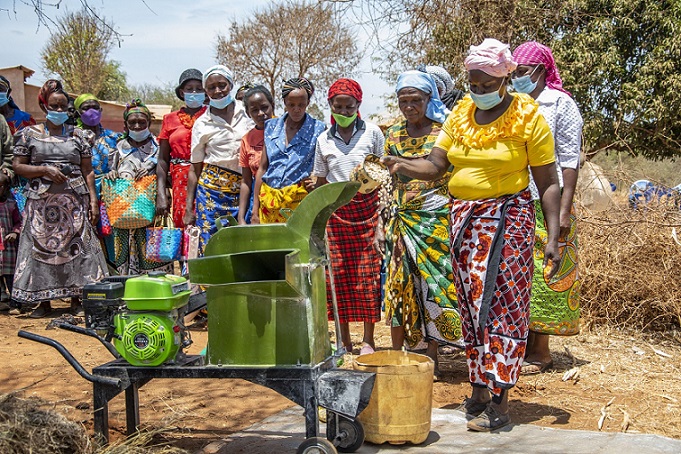The Global Report on Food Crises (GRFC) 2023 estimates that over a quarter of a billion people were acutely food-insecure and required urgent food assistance in 58 food-crisis countries/territories in 2022. This is the highest number in the seven-year history of the GRFC.


Our aim
The objective of Help a Child’s Food Security and Livelihoods (FSL) activities is to improve the food security of vulnerable households in the long term. Depending on the situation, Help a Child combines various short-term, mid-term, and long-term interventions. Over the entire line, but especially in our community development projects, Help a Child’s focus has been to involve young people in agricultural activities, thus boosting food security in their communities while at the same time creating income and livelihood opportunities for the next generation.
Main activities
- Formation and strengthening of (youth) farmer groups;
- Provision of advanced agricultural vocational education and training (AVET);
- Participatory Integrated Plan (PIP) to help households to envision their future;
- Value chain and SME assessment;
- Lobby and advocacy in relation to access to training, land, and microfinance;
- Community-based disaster risk reduction;
- Life-saving food aid (maize flour, oil, beans, seeds, tools, cash etc.).
Food Security & Livelihoods interventions
Food Security and Livelihoods
Impact report 2024
Key statistics 2024
510
(youth) farmer groups supported
6,032
number of youth (19-25) supported in youth groups
9,941
people received agricultural inputs
Food Security & Livelihoods Impact report 2024
Related news
Grow talent, harvest a future
According to the International Fund for Agricultural Development (IFAD), GDP growth generated by agriculture is ...
